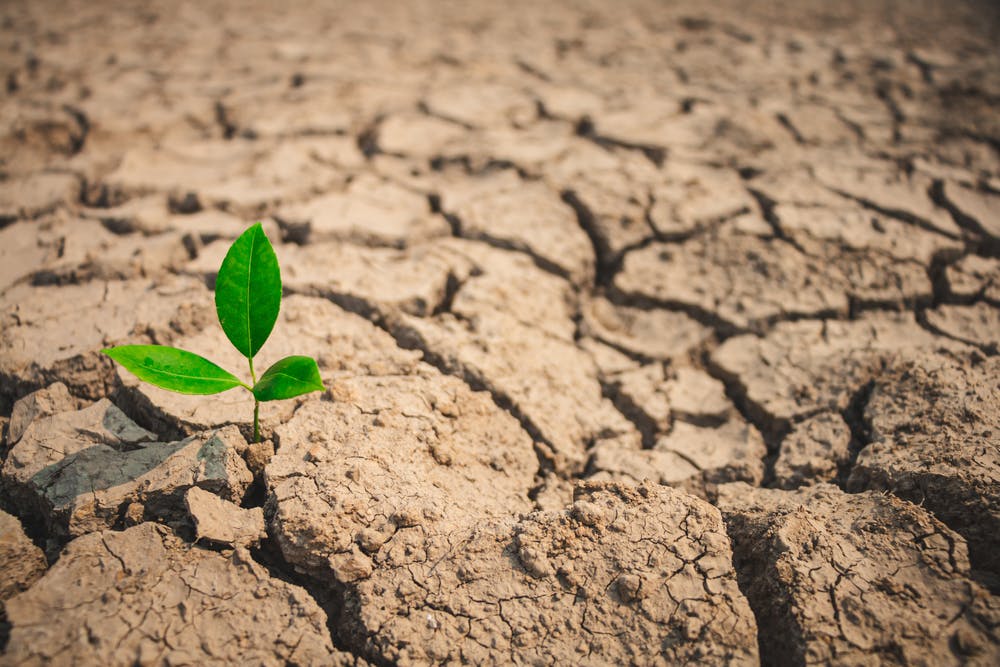Drought-Resistant Plants Created by Scientists
Scientists have discovered the secret of how to make plants survive droughts. Let’s find out more about it.
A plant grows in an area affected by a drought.
Apoorv Sangamnerkar • 26 Jul, 2022 • 6 Min
CEFR A2 (Easy)
